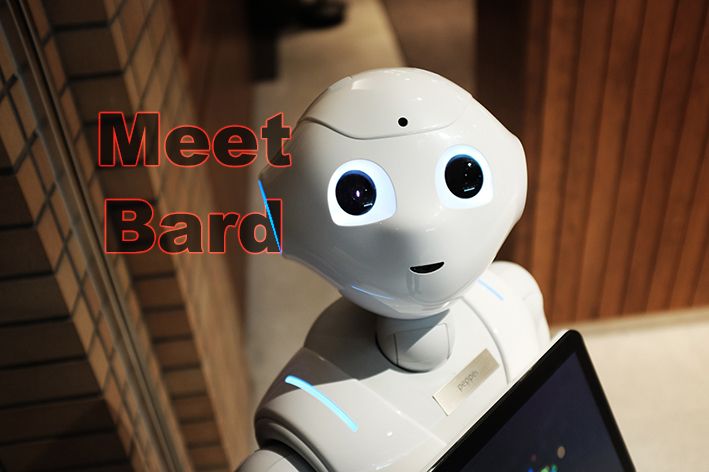In the ever-evolving landscape of artificial intelligence, Google has made significant strides with its advanced technologies. One of its noteworthy creations is Google Bard, a cutting-edge conversational AI chatbot. Designed to enhance user experiences and streamline interactions, Bard offers an impressive array of features and capabilities. In this blog post, we will delve into the world of Google Bard, exploring its foundation, purpose, and notable applications.
What is Bard based on?
Google Bard is built upon the foundation of state-of-the-art natural language processing (NLP) and machine learning techniques. Leveraging the power of deep learning algorithms, Bard has been trained on vast amounts of textual data to understand and respond to user queries with remarkable accuracy. Its underlying models employ techniques such as sequence-to-sequence learning and attention mechanisms, enabling it to comprehend the nuances of human language.
What does Google’s Bard stand for?
While Bard itself is not an acronym, it represents Google’s commitment to advancing conversational AI technology. By combining the concepts of chatbots and the creativity of bards (historically known as storytellers and poets), Google aims to create an AI-powered assistant capable of engaging users in meaningful and natural conversations. Just as a bard captivates an audience with compelling narratives, Google Bard aspires to captivate users with its conversational prowess.
Why is Google AI called Bard?
The choice to name Google’s conversational AI chatbot “Bard” stems from the desire to infuse human-like qualities into the technology. Bards have long been recognised as masters of communication, using language to evoke emotions and convey information. Similarly, Google Bard seeks to emulate this ability by engaging users in dynamic conversations, responding to their queries, and providing helpful and relevant information. The name “Bard” reflects Google’s ambition to create a chatbot that transcends the conventional boundaries of interaction.
What is Google Bard good for?
Google Bard has an extensive range of applications, making it a versatile tool for various purposes. Here are a few notable use cases:
1. Customer Support: Bard can be integrated into customer support systems, providing automated assistance and resolving common queries. Its natural language understanding capabilities enable it to handle complex conversations, improving customer satisfaction and reducing response times.
2. Content Recommendations: Bard’s deep learning algorithms enable it to analyze user preferences and make personalized content recommendations. By understanding user interests and behavior patterns, it can suggest articles, videos, or products that align with individual tastes.
3. Language Learning: Bard can be a valuable language learning companion. Users can practice conversational skills by engaging in dialogues with the chatbot. Bard’s ability to provide feedback and suggest improvements can enhance language proficiency in an interactive and engaging manner.
4. Virtual Assistant: As a conversational AI chatbot, Bard can assist users with day-to-day tasks such as setting reminders, scheduling appointments, or retrieving information. Its seamless integration with various platforms makes it a reliable virtual assistant.
Google Bard represents a significant leap forward in the field of conversational AI chatbots. By harnessing the power of natural language processing and machine learning, Bard brings an unparalleled conversational experience to users. Whether it’s customer support, language learning, or virtual assistance, Bard’s capabilities extend far beyond basic chatbot functionalities. Google Bard has the potential to reshape the way we interact with AI, offering a glimpse into the future of intelligent and engaging conversations.
www.FibreMax.com.au News Room

